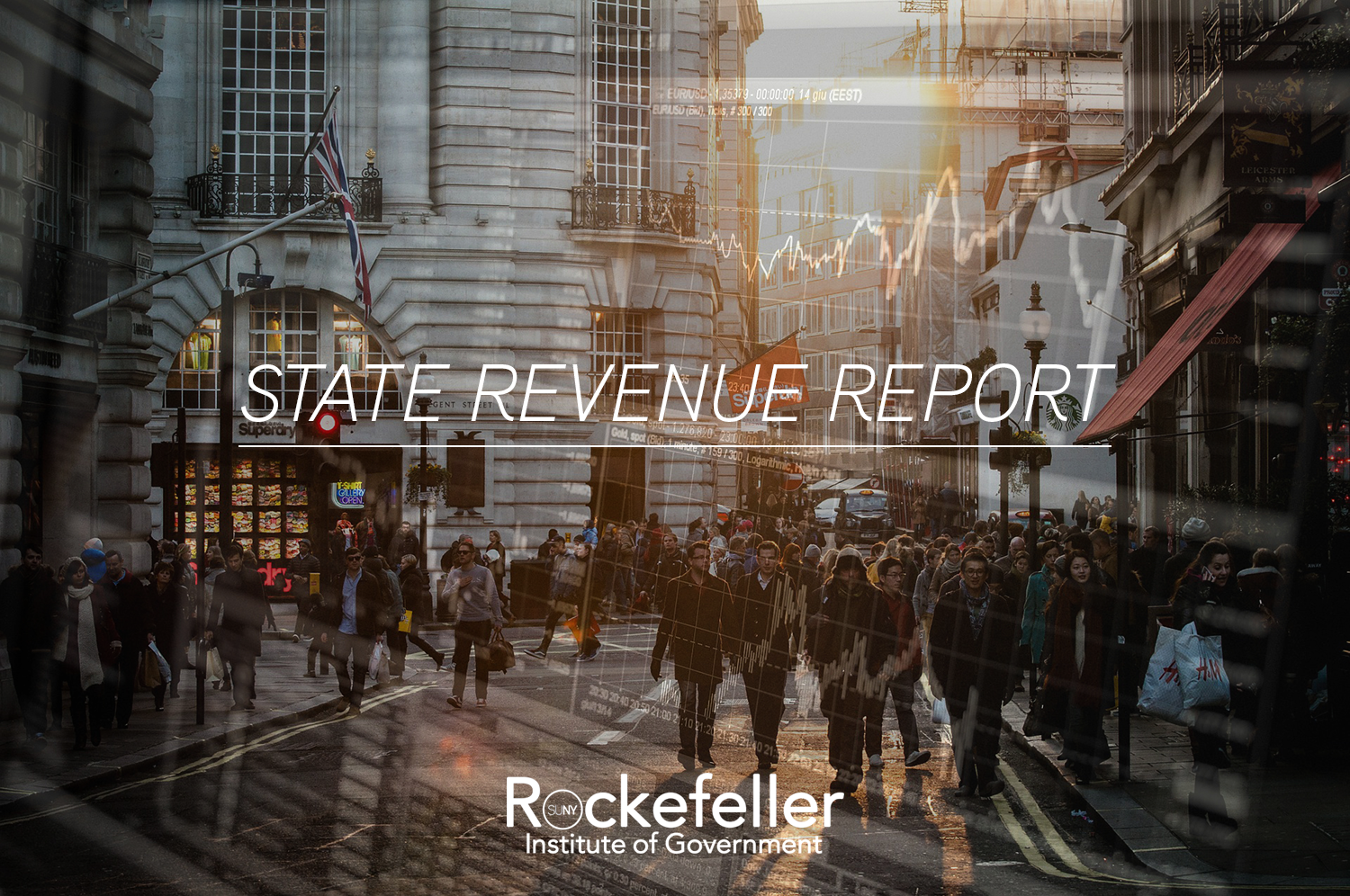Download Report
May 2018
AUTHOR
Lucy Dadayan
Summary
State and local government tax revenues showed robust growth in the fourth quarter of calendar year 2017, but varied significantly by source. Most of the growth was attributable to state personal income and local property tax revenues, which were boosted by accelerated prepayments in December 2017, as discussed in our previous State Revenue Report.1 The Tax Cuts and Jobs Act (TCJA), enacted in late December 2017, created strong incentives for some high-income taxpayers to act fast and prepay their state and local income and property taxes to take advantage of the expiring tax breaks, namely the state and local tax (SALT) deduction, which is capped at $10,000 per year as of January 1, 2018.
State and local tax revenues will likely continue to fluctuate in the coming quarters as various entities, including states, high-income taxpayers, pass-through entities, corporations, and tax professionals are examining the new rules of the game, exploring loopholes, and looking into ways to minimize tax liability in light of the new provisions of the TCJA.
Although growth varied by source, all major sources of state government tax revenues increased in the fourth quarter of 2017. Personal income tax (PIT) revenues showed double-digit growth. Sales tax revenues increased more than in the three previous quarters of 2017, but trailed behind the growth in other major tax revenue sources. Local government property taxes showed the strongest growth in the last nine years.
Specific findings include the following:
- State Government Revenue. Total state government tax revenue from all sources increased 9.4 percent in the fourth quarter of 2017, a rate exceeding the average quarterly growth rate of 2.7 percent for the previous four quarters, driven mostly by higher personal income tax revenues, which increased 15.1 percent compared to an average quarterly rate of 3.2 percent for the previous four quarters. Growth in sales tax collections in the fourth quarter was 4.8 percent, which was stronger than its average quarterly rate of 2.4 percent for the previous four quarters.
- Local Government Revenue. Local government tax revenue from major sources increased in the fourth quarter of 2017 by 8.9 percent, which is substantially higher than the 3.5 percent average growth in the prior four quarters. The robust growth in local government tax revenues was mostly attributable to the strong growth in local property tax revenues (9.2 percent), which is the largest single source of local government revenues. The increase was boosted by taxpayer responses to the TCJA, as many accelerated property tax prepayments.
- State and Local Government Revenue. Using the latest data available, state and local government revenue from major taxes increased 9.4 percent in the fourth quarter of 2017 compared to a year earlier, which is stronger than the 3.0 percent average growth for the four previous quarters (see Table 1).
- Preliminary Data for January and February of 2018. Preliminary state government tax data for the months of January and February combined indicate double-digit growth in personal income taxes and single-digit growth in sales tax collections. Income tax revenues were strong in January, but much weaker in February. Strong revenues collections in the month of January are likely driven by delayed refund processing as well as accelerated prepayments of estimated income tax payments, which were received in early January but postmarked in December.
Read the full report.
